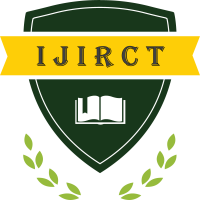Work Life Balance of Married Women among Higher Study, Middle Class Job and Societies Expectations in Shekhawati Region
Author(s): Sunita Poonia
Publication #: 2412080
Date of Publication: 18.12.2024
Country: India
Pages: 1-9
Published In: Volume 10 Issue 6 December-2024
Abstract
Work-life balance is a critical challenge faced by married women, particularly in the Shekhawati region of Rajasthan, where societal expectations, professional demands, and familial obligations intersect. This article examines the complexities of balancing higher education, middle-class employment, and traditional societal roles among married women. Using a mixed-method approach, the research analyzes how cultural norms, gendered responsibilities, and limited support systems impact their ability to achieve equilibrium between personal and professional lives.The study involves a purposive sample of married women from various professions and educational backgrounds in the Shekhawati region, with a focus on urban and semi-urban areas. Data collection methods include structured surveys and in-depth interviews to explore issues such as workplace stress, domestic workload, and societal pressures. Findings reveal significant disparities in work-life balance influenced by factors such as age, family structure, and access to support networks. Key insights highlight the role of education in empowering women to navigate their roles while emphasizing the need for policy reforms and workplace flexibility to address their challenges effectively. This study contributes to understanding the interplay between gender, employment, and societal expectations, offering practical recommendations for fostering holistic well-being among married women.
Keywords: Work-Life Balance, Married Women, Shekhawati Region, Societal Expectations, Middle-Class Employment, Higher Education
Download/View Count: 151
Share this Article
